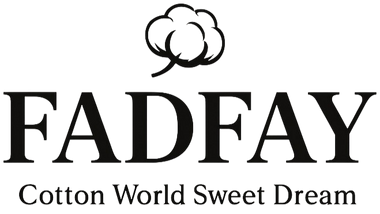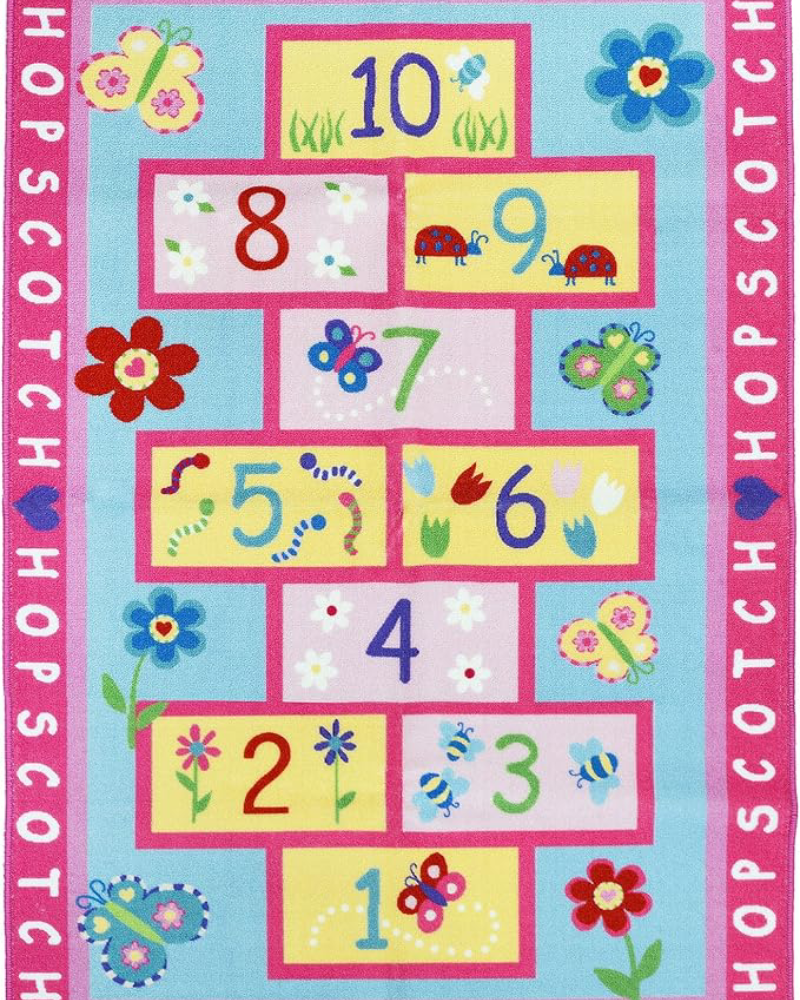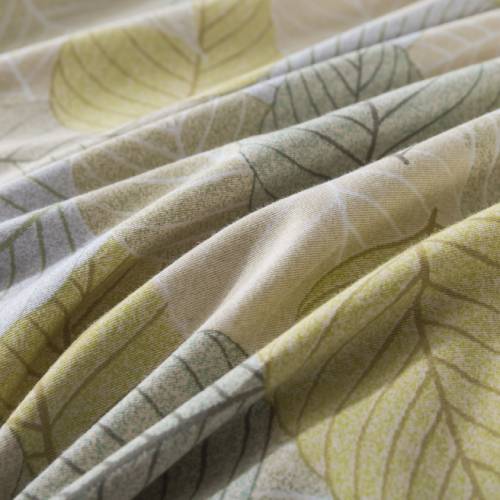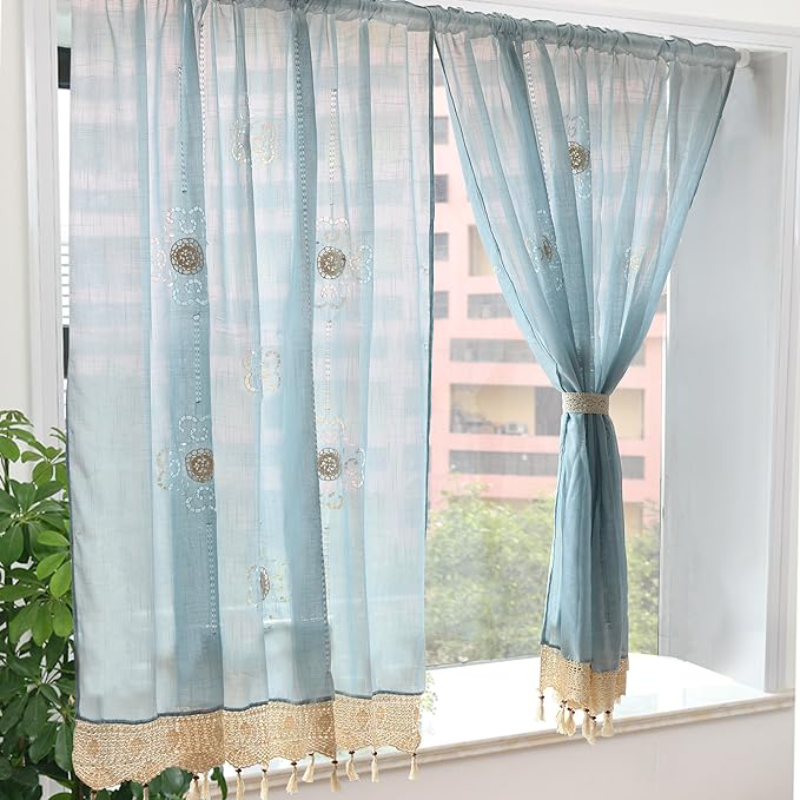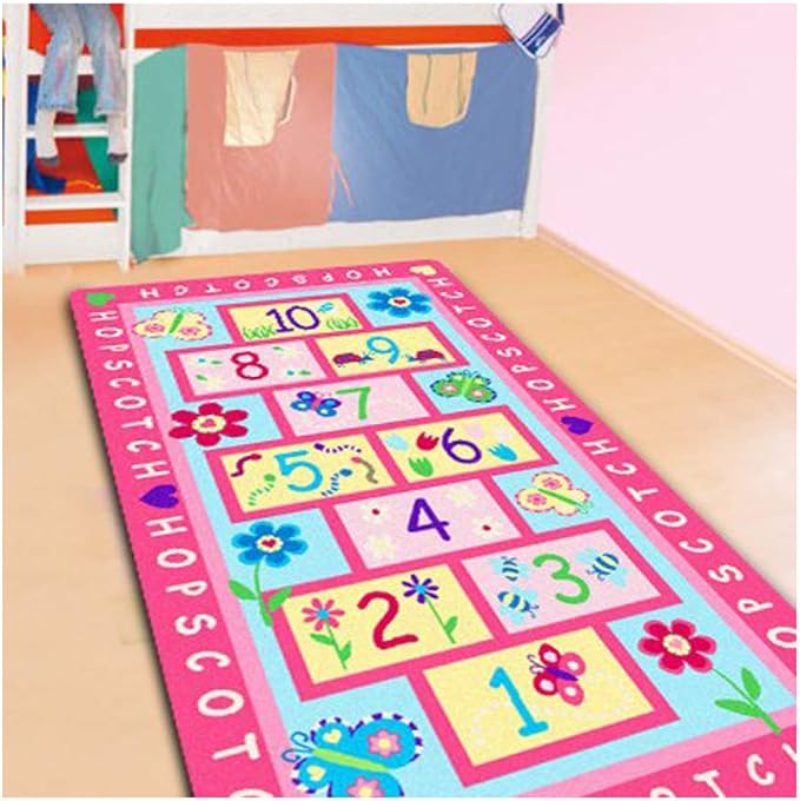Introduction
In our pursuit of a clean, healthy home environment, understanding textile replacement cycles proves equally crucial as maintaining washing routines. This comprehensive guide synthesizes textile engineering research, microbiological studies, and sustainability principles to help you optimize linen replacement schedules while minimizing environmental impact.
1. Bedding: Beyond Basic Hygiene
Optimal Replacement Cycle:
-
Sheets/Pillowcases: 1-2 years with weekly washing
-
Duvet Covers: 2-3 years
-
Comforters/Blankets: 5-7 years
-
Pillows: 6-24 months (varies by material)
Science of Fiber Degradation
Textile engineers at Cotton Incorporated demonstrate that after 50-75 washes (typical 2-year use):
-
Cotton fibers lose 25-40% tensile strength
-
Polyester blends show 15-20% pilling increase
-
Thread counts reduce by 30% through abrasion
Health Considerations
A 2022 Sleep Health Journal study revealed:
-
68% of 2-year-old pillows contain allergen levels triggering allergic reactions
-
Sheets older than 18 months harbor 3x more dust mites than new counterparts
Prolonging Bedding Life
-
Rotate multiple sheet sets weekly
-
Use mattress protectors (reduces mattress-to-sheet friction)
-
Wash in cold water with enzymatic detergents
-
Line dry when possible to prevent thermal fiber damage
2. Bath Towels: The Microbial Balancing Act
Replacement Guidelines:
-
Daily Use Towels: 1-2 years
-
Guest Towels: 3-5 years
-
Gym/Spa Towels: 6-12 months
Absorbency Thresholds
University of Arizona microbiologists found:
-
6-month towels retain 40% less water than new
-
18-month towels develop permanent microbial biofilms
-
Loop density decreases 50% after 75 washes
Material-Specific Performance
-
Egyptian Cotton: Peak absorbency 18-24 months
-
Microfiber: Lint shedding increases after 9 months
-
Bamboo: Antibacterial properties diminish after 1 year
Maintenance Protocol
-
Wash after 3-4 uses max at 60°C
-
Avoid fabric softeners (coats hydrophobic fibers)
-
Use oxygen bleach monthly to maintain porosity
3. Kitchen Linens: Cross-Contamination Risks
Replacement Timeline:
-
Dish Towels: 6-12 months
-
Oven Mitts: 2-3 years
-
Aprons: 3-5 years
Food Safety Data
FDA research indicates:
-
89% of year-old dish towels test positive for coliform bacteria
-
70% show mold spores in thread intersections
-
Grease accumulation reduces flame resistance by 40%
Material Durability Comparison
| Material | Heat Resistance | Stain Memory | Odor Retention |
|---|---|---|---|
| 100% Cotton | High | Moderate | Low |
| Linen | Excellent | Low | Very Low |
| Poly-Cotton | Moderate | High | High |
4. Decorative Textiles: The Aesthetic-Life Balance
Replacement Intervals
-
Curtains/Drapes: 4-7 years
-
Tablecloths: 3-5 years
-
Throw Pillows: 2-4 years
UV Degradation Rates
Textile Conservation Institute data shows:
-
South-facing curtains fade 2x faster than north-facing
-
Natural dyes degrade 40% faster than synthetic
-
Blackout lining extends fabric life by 60%
Preservation Techniques
-
Rotate seasonal window treatments
-
Apply UV-protective sprays
-
Vacuum with textile attachments weekly
5. Sustainable Disposal: Closing the Textile Loop
Environmental Impact Mitigation
-
Repurpose old linens as cleaning rags (reduces landfill waste by 80%)
-
Donate to animal shelters (83% accept used bedding)
-
Utilize textile recycling programs (H&M, For Days)
Eco-Friendly Alternatives
-
Invest in Global Organic Textile Standard (GOTS) certified products
-
Choose OEKO-TEX® certified dyes
-
Implement a capsule linen closet system
Conclusion: The Smart Replacement Strategy
By aligning textile replacement with material science principles and usage patterns, households can achieve optimal hygiene while reducing annual linen expenses by 30-40%. Implement these evidence-based timelines and maintenance protocols to create a healthier living environment that balances practicality with sustainability.
